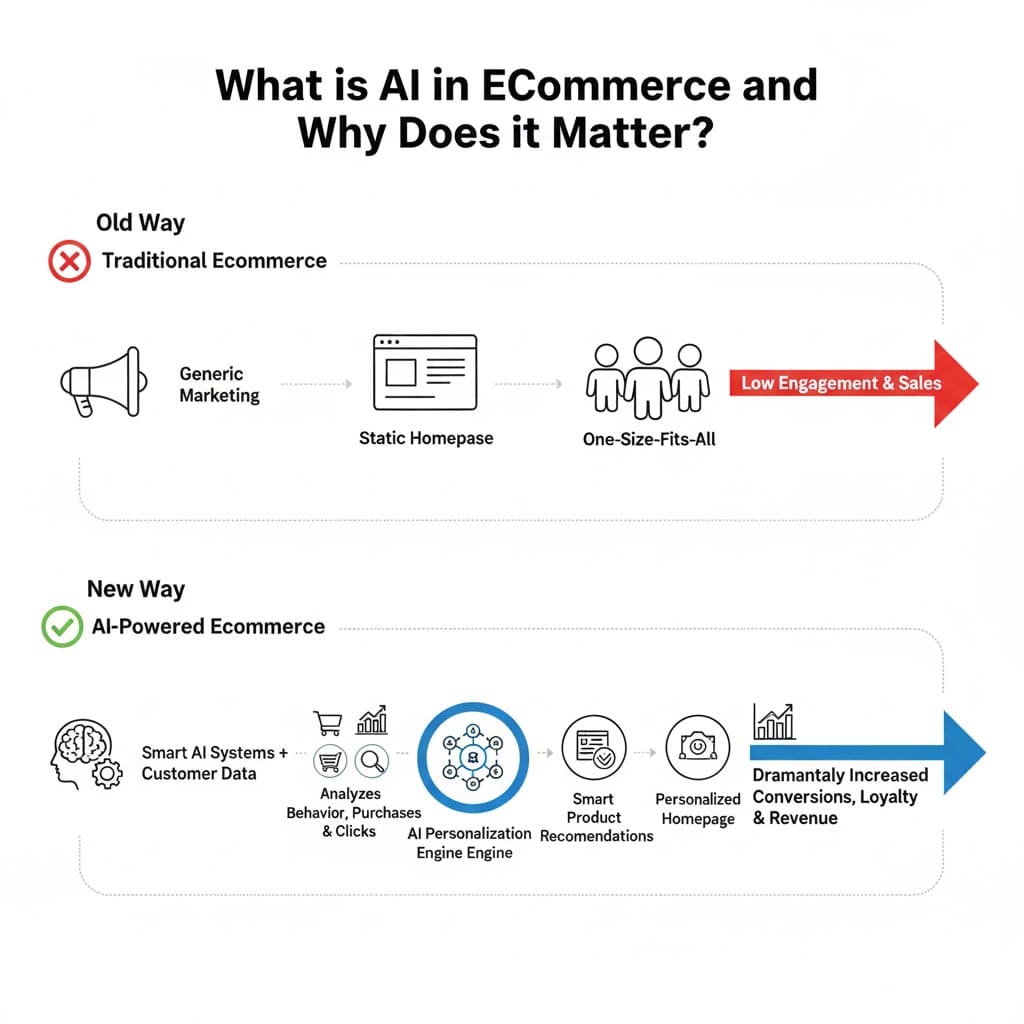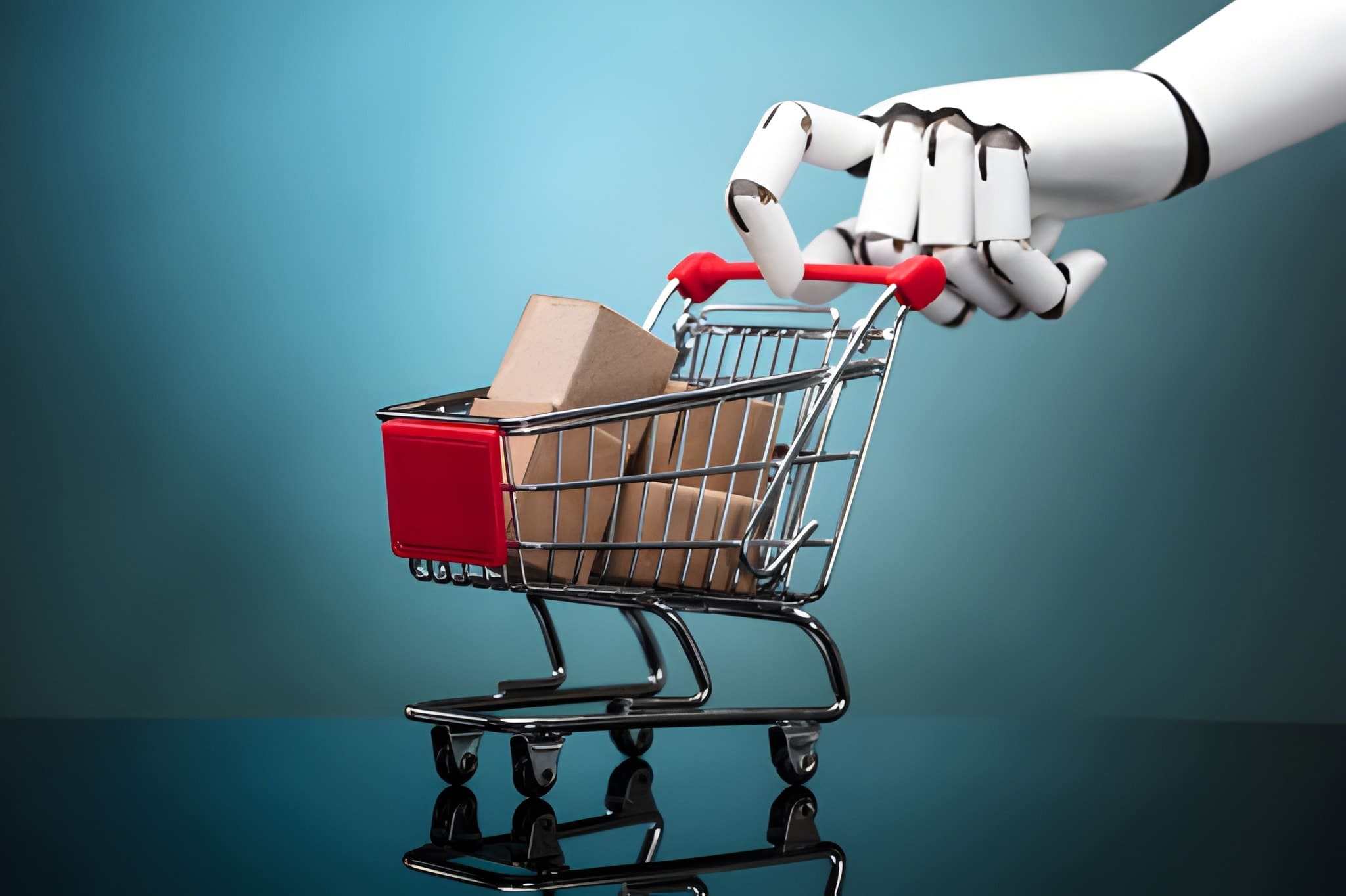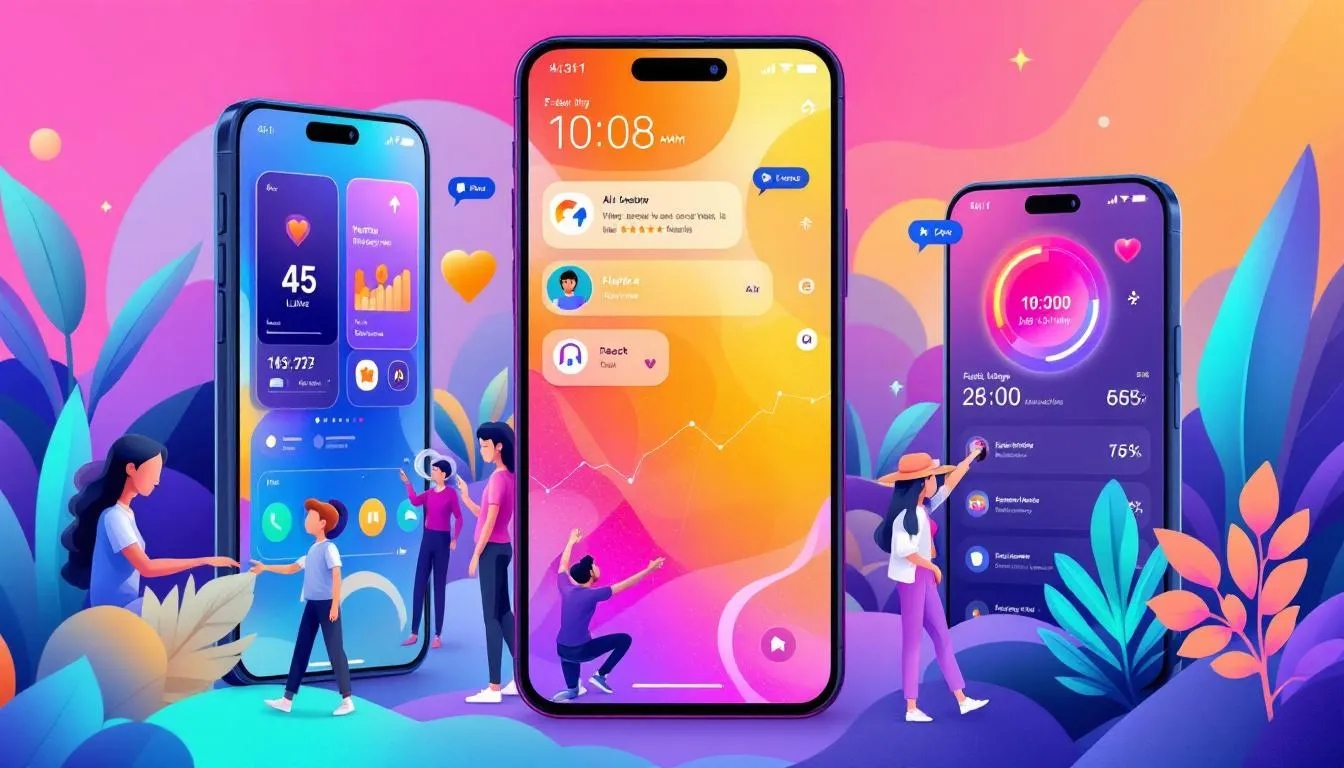Do you remember the days of the local shopkeeper who knew your name and what you liked? In a world of online shopping, creating that personal connection seems almost impossible. However, a powerful technology is changing the game. The strategic use of AI in eCommerce is bringing that personalized feeling back, but at a massive scale. This guide will show you how artificial intelligence is not just a buzzword; it’s the key to creating experiences that win customers for life.
What is AI in eCommerce and Why Does it Matter?
First, let’s simplify the concept. AI in eCommerce involves using smart systems that can learn from your customer data. These systems analyze browsing history, past purchases and even mouse movements to understand what each individual shopper wants. Instead of showing every visitor the same generic homepage, AI allows you to create a unique, one-to-one shopping experience for everyone.
This matters because modern customers expect it. A report from McKinsey found that 71% of consumers expect companies to deliver personalized interactions. When you deliver on that expectation, you build loyalty, increase conversion rates and stand out in a very crowded market. Ultimately, it’s about making your customers feel seen and understood.

The Key Benefits of AI-Powered Personalization in 2025
Integrating AI is a strategic move that directly impacts your most important business metrics. The benefits are clear and measurable.
Dramatically Increased Conversion Rates
When you show customers products they are genuinely interested in, they are far more likely to buy. AI product recommendations are a perfect example of this. By analyzing a user’s behavior, AI can suggest items that are a perfect fit, acting like a helpful personal shopper. This leads to a much higher chance of conversion compared to showing random or generic “bestsellers.”
Higher Average Order Value (AOV)
AI is also brilliant at smart cross-selling and up-selling. For instance, if a customer adds a camera to their cart, an AI system can suggest a compatible lens, a memory card and a camera bag. Because these suggestions are relevant and helpful, they often lead to larger purchases. This strategy of intelligent bundling is a powerful way to increase the average value of each transaction.
Enhanced Customer Loyalty and Retention
A truly personalized shopping experience makes customers feel valued. When you remember their preferences and offer relevant content, you build a strong relationship. This moves the dynamic from a simple transaction to a trusted partnership. Loyal customers not only spend more over their lifetime but also become powerful advocates for your brand.
Traditional vs. AI-Powered eCommerce: The Difference
The shift from a static online store to an intelligent, adaptive one is significant. Here is a clear comparison of the two approaches.
| Feature | Traditional eCommerce | AI-Powered eCommerce |
| Homepage | The same for every visitor. | Personalized with relevant products for each user. |
| Product Suggestions | Based on general popularity (“Bestsellers”). | Smart AI product recommendations based on user data. |
| Marketing Emails | Generic blasts sent to the entire list. | Individualized emails with relevant offers. |
| Customer Support | Limited to business hours via human agents. | 24/7 support with intelligent chatbots. |
| Overall Experience | Static and one-size-fits-all. | Dynamic and personalized shopping for everyone. |
Our AI in eCommerce Services in Action: Case Studies
Case Study 1: Boosting AOV for a Fashion Retailer
- The Challenge: A popular online clothing store had a high volume of traffic, but their average order value was stagnant. Customers were buying single items but rarely added more to their carts.
- Our Solution: We implemented an AI recommendation engine. The system analyzed a customer’s style based on the items they viewed and added to their cart. It then displayed a “Complete the Look” section with complementary accessories and clothing items.
- The Result: The retailer saw a 25% increase in their average order value. In addition, the personalized shopping experience led to a 15% increase in repeat purchases.
Case Study 2: Reducing Bounce Rates for a Home Goods Store
- The Challenge: A home goods website was struggling with a high bounce rate. Visitors would land on the homepage, feel overwhelmed by the thousands of products and leave without buying anything.
- Our Solution: As their AI Automation Agency, we developed a personalized homepage experience. Using AI, the site identified whether a visitor was likely a new homeowner, a renovator, or a decorator and dynamically changed the featured products and categories to match their likely intent.
- The Result: The website’s bounce rate dropped by 40%. The more relevant homepage experience guided users to the right products faster, which led to a significant lift in overall sales.
The Technology Stack for Intelligent eCommerce
Building a truly personalized experience requires a modern tech stack. Our Ecommerce Development Services leverage these powerful tools.
- AI & Machine Learning: TensorFlow, PyTorch, Scikit-learn
- Recommendation Engines: Apache Mahout, Keras
- Cloud AI Platforms: Google Cloud AI, Microsoft Azure AI, AWS AI Services
- eCommerce Platforms: Magento, Shopify Plus, BigCommerce
- Personalization Tools: Dynamic Yield, Optimizely
Conclusion
In short, the role of AI in eCommerce has moved from a futuristic concept to an essential business tool. It is the most effective way to deliver the personalized shopping experiences that modern consumers demand. By leveraging technologies like AI product recommendations, you can increase sales, boost loyalty and build a brand that truly connects with its audience. At Wildnet Edge, our AI-first approach to building Custom Software Solutions means we don’t just add features. We build intelligent systems that learn and adapt, ensuring your eCommerce platform gets smarter and more effective over time.
FAQs
The ROI is significant and typically seen in three areas: a 5-15% increase in conversion rates, a 10-30% increase in average order value from smart recommendations and improved customer lifetime value due to higher retention.
Not anymore. While custom-built systems can be expensive, many AI-powered tools and platforms are now available as affordable subscription services. You can start with a specific tool, like an AI chatbot or a recommendation engine and scale your investment as you grow.
The AI uses the data your customers are already generating on your website. This includes their clickstream data (what they look at), their purchase history and any items they add to their cart or wishlist. The system then finds patterns in this data to make its predictions.
No, AI is designed to augment your team. An AI Application Assistant can handle the simple, repetitive questions 24/7. This frees up your human agents to focus on resolving more complex, high-value customer issues that require a human touch.
The biggest challenge is often data quality. An AI system is only as good as the data it learns from. Therefore, the first step is often to ensure you are collecting clean, well-structured data from your website and other customer touchpoints.
You can often see initial results and insights within the first 2 to 3 months. The AI models need some time to collect data and learn your customers’ behavior. The longer the system runs, the smarter it gets and the better the results become.
The first step is a strategy session. We’ll analyze your current website, your customer data and your business goals. From there, we can identify the biggest opportunities and create a clear, phased roadmap to implement an AI strategy that delivers the best possible return on investment.

Nitin Agarwal is a veteran in custom software development. He is fascinated by how software can turn ideas into real-world solutions. With extensive experience designing scalable and efficient systems, he focuses on creating software that delivers tangible results. Nitin enjoys exploring emerging technologies, taking on challenging projects, and mentoring teams to bring ideas to life. He believes that good software is not just about code; it’s about understanding problems and creating value for users. For him, great software combines thoughtful design, clever engineering, and a clear understanding of the problems it’s meant to solve.
 sales@wildnetedge.com
sales@wildnetedge.com +1 (212) 901 8616
+1 (212) 901 8616 +1 (437) 225-7733
+1 (437) 225-7733































